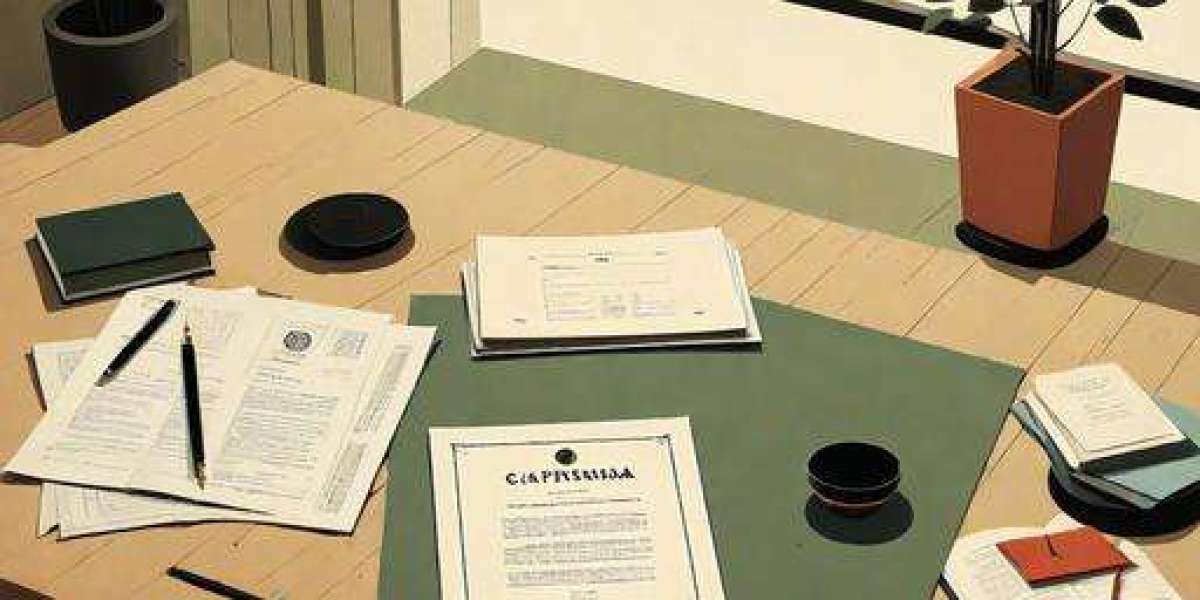Food photography is not just about capturing a meal; it is an art form that requires a keen eye for detail and a deep understanding of aesthetics. Whether you are a professional photographer or an enthusiastic home cook, mastering the art of food styling can significantly enhance the visual appeal of your culinary creations. In this article, we will explore essential tips and techniques to elevate your food photography.
Understanding Food Photography
What makes food photography so captivating? The answer lies in its ability to evoke emotions and stimulate the senses. When done correctly, food photography can transport viewers to a world of flavors and aromas. To achieve this, consider the following:
- Lighting: Natural light is often the best choice for food photography. It creates soft shadows and highlights that enhance the texture of the food.
- Composition: The arrangement of food on the plate can dramatically affect the overall image. Use the rule of thirds to create balanced and engaging compositions.
- Color: Vibrant colors can make your dishes pop. Consider using contrasting colors to draw attention to the main elements of your dish.
Essential Tips for Food Styling
Food styling is a crucial aspect of food photography. It involves arranging and presenting food in a way that is visually appealing. Here are some effective tips to consider:
- Choose the Right Props: Select plates, utensils, and backgrounds that complement your dish. Neutral colors often work best to let the food shine.
- Garnish Wisely: A sprinkle of herbs or a drizzle of sauce can add a finishing touch that enhances the visual appeal of your dish.
- Experiment with Angles: Different angles can create unique perspectives. Overhead shots are popular, but side angles can also showcase the depth of your dish.
Post-Processing Techniques in Food Photography
After capturing your images, post-processing can further enhance their quality. How can you effectively edit your food photos? Here are some suggestions:
- Adjust brightness and contrast to make the colors more vibrant.
- Crop the image to focus on the main elements and eliminate distractions.
- Use filters sparingly to maintain the natural look of the food.
Conclusion: The Impact of Food Photography
In conclusion, food photography is a powerful tool for storytelling and marketing. By mastering food styling techniques and understanding the nuances of composition and lighting, you can create stunning images that resonate with your audience. Remember, the goal is to make your viewers not only see the food but also feel the experience of enjoying it. For more insights on food photography, check out this  .
.








